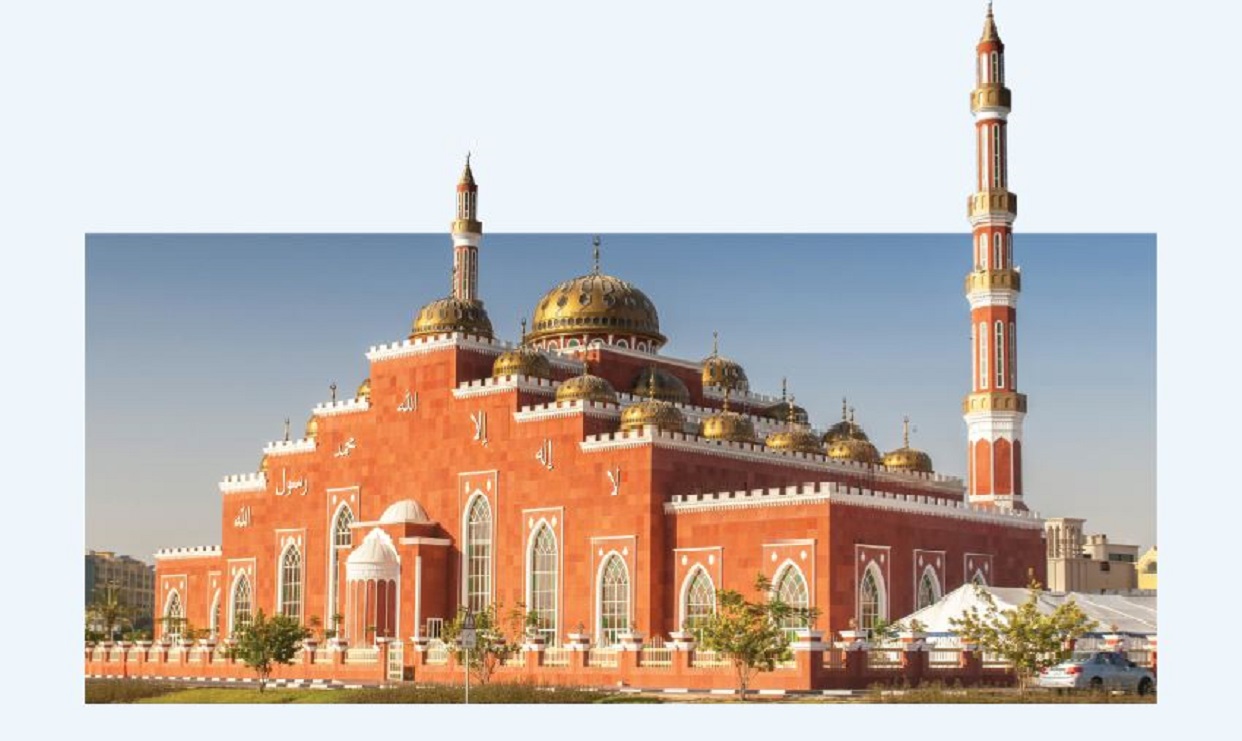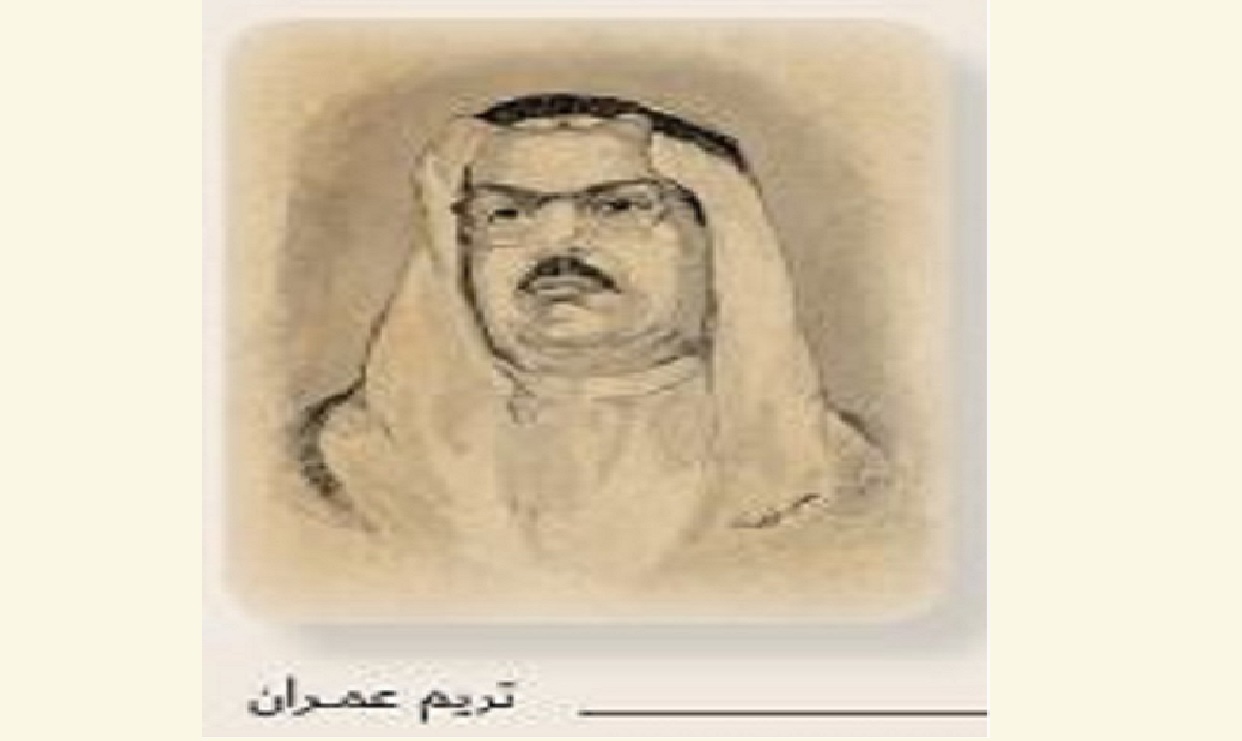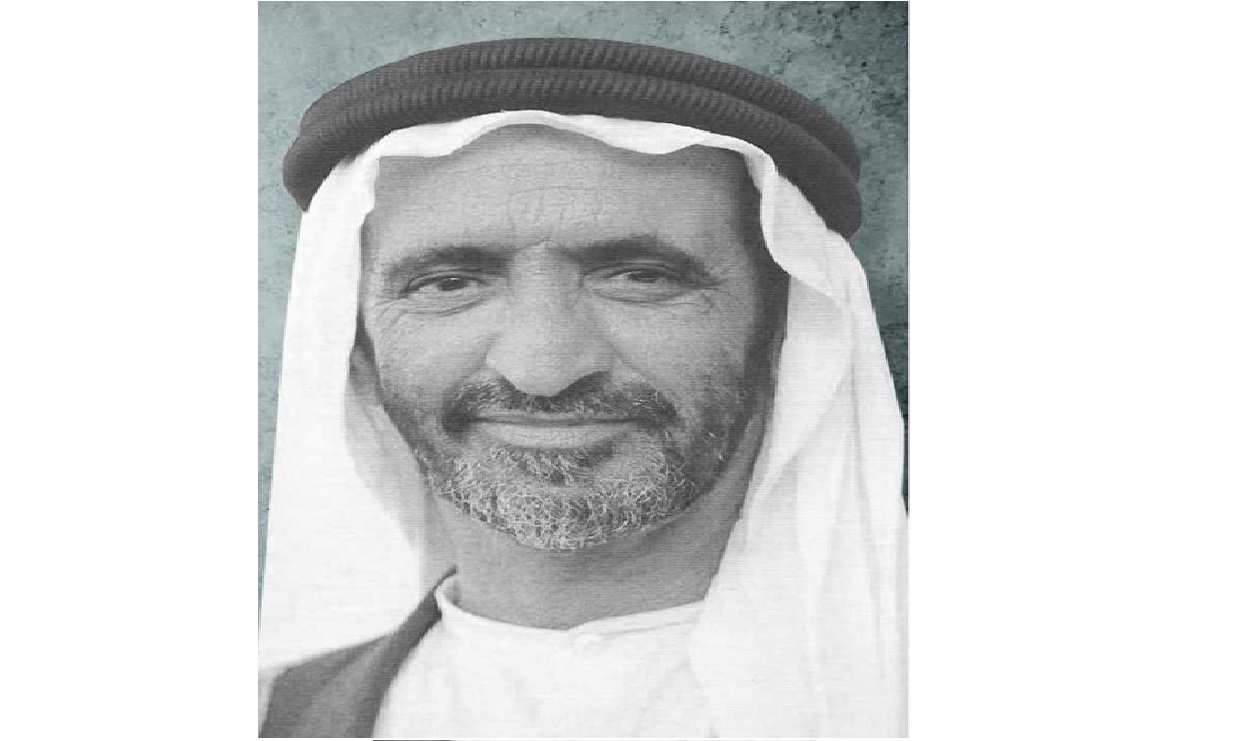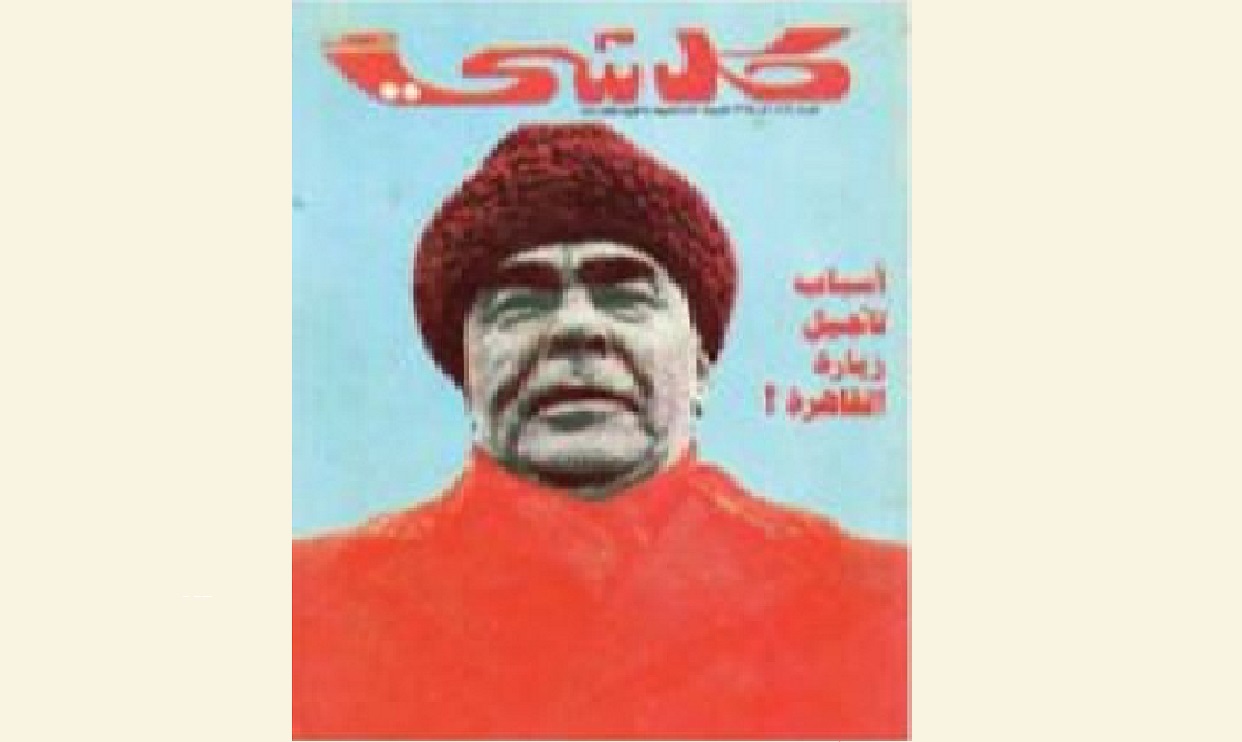1,181 عدد المشاهدات
In the UAE, the journey to construct and develop local mosques began hundreds of years ago. Since the Prophet’s Mosque was constructed in Al-Medina, a new image of mosques has crystallized. The architectural designs are now characterized by high aesthetic values and different features closely associated with the changes made according to the characteristics of the population of the region and their functional and climatic needs. The available diverse possibilities have helped to establish mosques that fill the horizons with their magnificent architecture and decoration that makes man contemplate on the holy powers of the Creator who Has bestowed upon His slaves exceptional creative abilities.
One of the most important features of the UAE mosques is that they encompass the elements that assert the country’s national identity. A closer look at these mosques would reveal that they are majestic impressive- looking mosques designed and implemented by the federal government using funds allocated in the federal budget. This reality reflects the political will to endow the urban architectural pattern adopted by the UAE cities with the national identity, whether at the level of the urban constructions or that of individual buildings erected pursuant to the will of the population and decision-makers. The spirituality of this identity is characterized by dynamism and change according to the variables of daily life, which confirms that the contemporary mosques in the UAE have been linked to the prevailing societal will rather than the historical models, although the historical aspect is a prominent component in the identity structure of UAE mosques.
A Highly Rich Architecture
The important factor that stands out here is the limited use of local architectural patterns in constructing mosques in the UAE. A small number of mosques may fall under the category of purely local architectural style. If we define local architecture as the one within the context of which buildings are shaped through traditional local architectural concepts, it will become obvious that the UAE enjoys a highly rich local architectural style as reflected in two major streams.
First, the Arab style which derives some of its effective factors from the Arabian Peninsula. Its effects can be seen in many of the Peninsula regions that form the Gulf coast’s background or overlook it. In the forefront of these regions are Al-Hofuf, Al-Ahsa, Dammam, Al-Qatif and Al-Jubail.
Second, the Hormuz style which derives its influential factors from most of the Gulf regions, Zanzibar and eastern Africa, where a lot of resources and materials have been used in the construction of buildings of this pattern, especially arbutus and mangrove trees.
Mosques built within the context of this local Emirati architecture still exist and function in the urban fabric in which they were originated.
Another important feature is the combination of grand mosques and small neighborhood ones. Anyone contemplating the architecture of mosques in the UAE will notice many places of diversity. One of the most striking features of this diversity is the combination of large mosques and small neighborhood mosques, some of which are almost identical to the corners used for daily prayer, especially on the main roads and in remote villages and semi-arid lands.
The Grand ‘Collective’ Mosque (Al-Masjid Al-Jāmi’)
It is no coincidence that grand ‘collective’ mosque (al-masjid althe third,(المسجد الجامع : jāmi) (Arabic largest mosque after the Two Holy Mosques, is constructed in the UAE, including Sheikh Zayed bin Sultan Al Nahyan Mosque and the Grand Mosque in Fujairah designed to accommodate 28,000 worshipers. Each of the most mosques in the UAE can accommodate more than a thousand worshipers, especially those located in the heart of urban residential areas in major cities.
At the same time, the phenomenon of the expansion of cities is likely to continue throughout the UAE, in conjunction with the increasing numbers of mosques as an essential component of the region’s urban fabric.
The keenness to highlight the elements of Islamic patterns of mosque designs has been another important feature. If the mosque’s Islamic shape is seen as a set of elements that has settled and integrated into the consciousness of successive Muslim generations to present the mosque’s image as envisaged by these generations, it seems that a traditional style common in the pre-oil era has been adopted in building mosques in the UAE. Indeed, such a style would lack many elements that fall within this vision. Minarets and Domes
In this respect, it is sufficient to remember that almost all mosques of Dubai and Sharjah were without minarets and domes except for one mosque in the Shindagha area of Dubai. Thus, the visual memory of the UAE people lacks many of the above-mentioned elements. Nevertheless, the UAE location on the Gulf and the sea-centered life it has experienced, have rendered it a special environment that includes distinctive cities and villages of a specific temperament and character stemming from ancient traditions and heritage that are surprisingly in harmony with nature and climate and closely related to the prevailing social conditions in general. This is the basis of the fundamentals of originality that certainly resonate with the pattern of Arab-Islamic architecture. Social Context and Modernity
Another common criterion is interaction with the social context in designing local mosques. With the advent of the oil age, the fundamental factor in the UAE in dealing with the urban fabric has been the trend that strongly calls for adopting the approach of removing existing old structures which echo backwardness, poverty and hardships of the bitter past. Such voices also called for a comprehensive construction process and the establishment of an integrated infrastructures with the help of advisory institutions specialized in designing and planning of urban areas.
Thus, the trend towards modernity has emerged in the UAE. Cities expanded with their areas doubled in very short periods of time. In early 1970s, population growth rates were the highest. Between 1968 and 1975, the growth rate of the urban population was about 20 percent. This reflects a practically tremendous mobility, including the movement of citizens from their traditional homes to new integrated neighborhoods built by the state. In the wake of several waves of demolition of old residential neighborhoods, expatriates moved to live in the old rehabilitated areas.
In the midst of this new construction movement, intensive efforts have been exerted to achieve harmony with the social context in mosque designing. Massive mosques were built to accommodate the huge number of worshipers, while small-town mosques were expanded to cope with the large expansions of new urban neighborhoods.
Islamic HeritageThe other main feature that the designs of mosques in the UAE have witnessed is the complex relationship between Islamic heritage and modernity. The utmost importance of the influence of the Islamic heritage in the construction of modern Arab mosques has already been highlighted. Heritage, as we know it, is a continuous dynamic process that is far from stagnation and creates general ideas and standards that should be taken into account. This is based on the fact that Islamic art in general focuses more on the spirit than shape. It is the individual who imposes the shape as long as it interacts with human standards that do not lack emotion, sensations or conscience. In any case, the relationship between mosque architecture and Islamic heritage seems lukewarm. There is even a visual rupture between form and spirit, despite the few attempts to recreate elements of heritage in the UAE mosques. Perhaps the next phase of the process of building mosques in the UAE will witness a greater interest in heritage compared to the previous one.
The tendency to combine simplicity and power remains one of the characteristics of the mosque; a tendency whose rationale is derived from many elements associated with both the inclinations of the UAE citizens and the geographical location of the mosques. Therefore, the keenness to prolong the life of the mosque as a building and an architectural style would impose itself strongly.
Aesthetic Dimension
Finally, the pursuit of an aesthetic dimension is also an important feature of mosques built in the UAE.
However, achieving this dimension faces many problems both in the UAE and in the rest of the Gulf region. For example, architects insist on providing the aesthetic values of the mosques they design and make them like forts, castles or other large buildings.
Although these mosques are handsomely designed and constructed, the mutual influence between the mosques and their urban and natural surroundings is not always taken into consideration. However, recently some of these deficiencies are being addressed and corrected.
Today the new architectural designs of the UAE mosques tend to capture the spirit of heritage and to reflect the prevailing Islamic cultural patterns.





